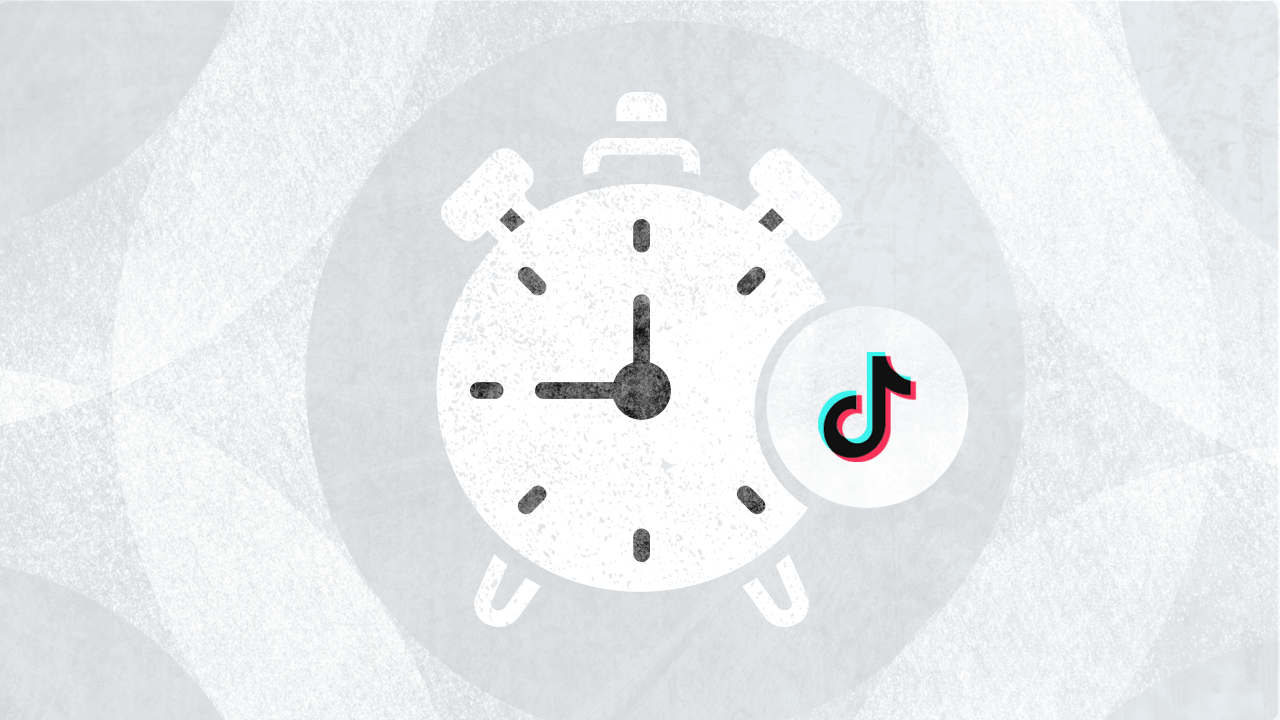We’re going to discuss one of the biggest challenges faced by businesses, marketers and community managers online, which is Social Media scheduling. Unlike other activities, Social Media scheduling demands to be consistent and strategic all the time, in order to reap the maximum benefits.
Staying strategic on Social Media in real-time can be hectic, and missing it can cost your brand, its reputation online.
Those days are gone when there were only handful of companies used to have social profiles. Now the online world is highly active and never sleeps.
Why do you need Social Media Scheduling?
Some crucial reasons for practicing Social Media Scheduling are:
- Increased consistency
- Experimenting with optimal posting-time
- Managing multiple time zones ahead of time
- Pushing out content for the upcoming events
- Posting in real-time
The above reasons may look short and simple but once you master them, your Social Media Marketing Strategy would skyrocket your ROI.
It’s merely impossible to understand your Social Media audience until or unless you get on board and experiment which combination of time and content is working for your target persona.
Takeaway: Learn how to build your Social Media Marketing Strategy from the scratch before getting into Social Media Scheduling.
For your comfort, I have broken down this article.
6 important things to keep in mind for Social Media Scheduling
- Social Media Scheduling Tools for your multiple Social profiles
- Make and Stick to your Content Calendar
- Understand the content sharing rules
- Consider the type of content to share
- Indulge team members for post approvals
- Finding the best time to post
1. Social Media Scheduling Tools for your multiple Social profiles
What businesses and brands can do instead of drowning valuable time manually posting on multiple social profiles, is use the right social media management tools to do it for them. These tools are handy, easy-to-use, reliable and, more importantly, free too.
I am going to be a little biased with this what tool can work best for your Social Media Scheduling needs. Apart from a lot of other features, Statusbrew offers publishing feature that can enhance the way you look at your content publishing.
Apart from easy-to-navigate calendar view, it provides you the best support in publishing on Twitter, Facebook, LinkedIn, Google+ and most importantly, Instagram by categorizing your time to hit the right audience living the different time zones.
Moreover, tackling with content quantity and visuals is not a problem as you are in safe hands with Statusbrew’s content suggestion and media library.
Every business on social media will have different needs, but this shouldn’t prevent you from effectively tackling the networks you need. With a powerful tool like Statsubrew, your scheduling needs are mastered.
Other recommended Social Media Scheduling Tools out there
2. Stick to your content calendar
Now that your Social Scheduling Tool is set, it’s time to master the consistency. I understand that even with Social Media Scheduling tools it's stressful to share right content at right times on right social networks.
Don't panic. That’s where content calendar comes in as a catalyst. You need a solid content sharing strategy to make sure your time is well spent and your social presence is effective.
This will get you sorted with publishing habits on all the major platforms. Your content should be planned with correspondence with the number of followers you have in a particular social network.
Takeaway: Learn how to create content calendar for Social Media Scheduling from Buffer.
3. Understand the content sharing rules
What would be the ideal ratio of different types of content you would post on Social Media? What will work best for your audience?
Well, turn back to your last 10 Tweets and measure the balance of content you had.
Did it work for you?
Here are some popular ratios that have been tried and tested by brands and Social Media Marketers. Try to test these and discover a ratio that is right for you, even if it doesn’t follow exactly with these.
4-1-1 Ratio
Structured and experimented by Andrew Davis of Tippingpoint Labs and Joe Pulizzi of Content Marketing Institute, the 4-1-1 looks like this in practice:
- 4 pieces of relevant, original content (created and curated)
- 1 retweet for every 1 self-serving update
5-3-2 Ratio
5-3-2 content sharing ratio was introduced by TA McCann from Gist.com, Let’s break it down:
- 5 should be content from others
- 3 should be content from you
- 2 should be personal status updates
555+ ratio
Introduced by Shai Coggins of Vervely,
- 5 updates about you and your content
- 5 updates about others
- 5 responses/replies
- Miscellaneous posts that add value like #FollowFriday or user-generated content
30/60/10 Golden Ratio
Introduced by Rallyverse:
- 30 percent owned
- 60 percent curated
- 10 percent promotional
Practicing the above Social Media content sharing ratios can ease your work in understanding the type of content you should share. It can be altered according to your preference while you get to know what works best for your business and audience.
4. Consider the type of content to share
Your brand should have unique posting habits for which you’ll be known by your audience. Consistently maintaining a habit while sharing content allows your audience to expect how you maintain your place in their feeds.
Types of content include-
- User-generated content
- Brand announcements
- Images/videos/GIFs/infographics
- Industry news
- Quotes
- Behind-the-scenes content
- Discussions/chats
- Contests
- Giveaways
Don’t go too far in advance for content like discussions, chats and industry news as they will lose the freshness while sitting in your scheduling tool.
5. Indulge teams for post approvals
For enterprise and large-scale businesses, message approval is crucial to any social media content calendar. With an approval workflow, content owners know their posts are curated, edited and on time. Or else, keeping up with huge profiles becomes complicated.
Statusbrew for teams allows you to increase team efficiency through user-based permissions. That means you only have to review and approve/reject the content before it’s published.
However, using teams feature can prevent errors as it introduces a workflow that is authentic. Make sure your business has a proper workflow when submitting, approving and publishing content on Social Media.
6. What’s the best time to post?
When it comes to best time to post on Social Media, there’s no magic involved. You have to put efforts.
Did you know that 80% of the U.S. population is in Eastern and Central time zones?
Your audience prefers using social media sites during specific hours. So if you start sharing your content when your users are on these social sites, you’ll not only gain more shares, but you’ll also notice an increase in traffic to your website or blog.
Take a look at the following infographic by Quicksprout and schedule accordingly.
Eager to know from you! Like always!
Even if researchers and Social Media Marketers have been proving the scheduling strategy on Social Media, it's always good to experiment on your own. Social Media Scheduling is still an intuitive process as it is indulged with the real-life experience of your audience.
How do keep your Social Media Scheduling running for your business? What tools do you use?
Let me know in the comments.




Explore the Statusbrew range of social media tools
Cancel anytime!